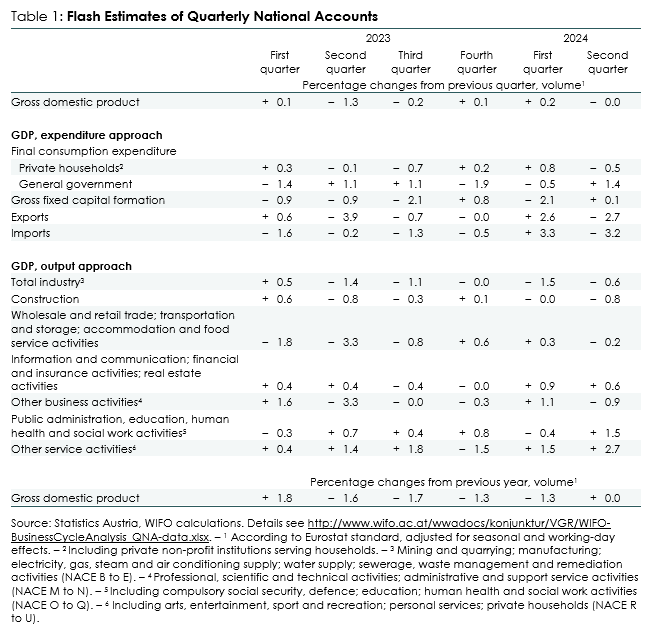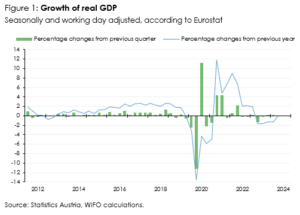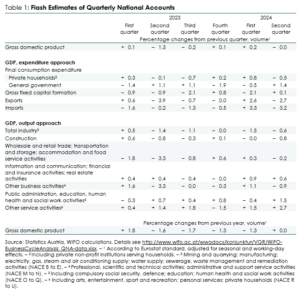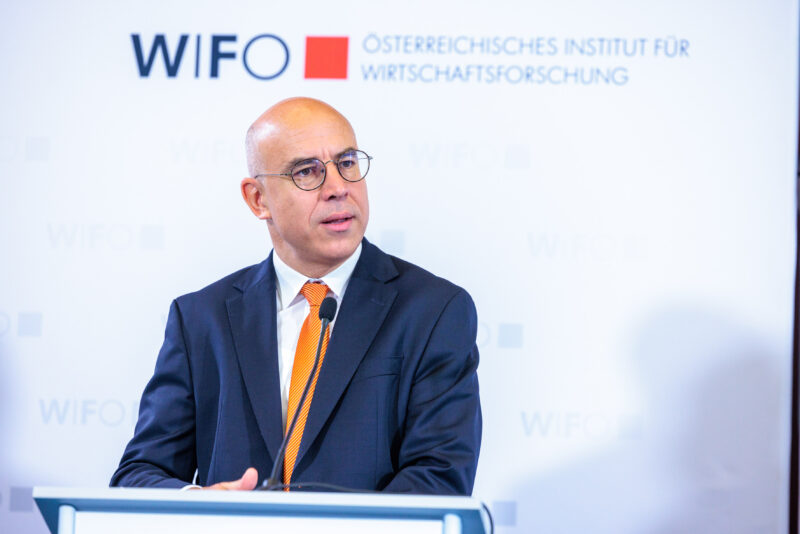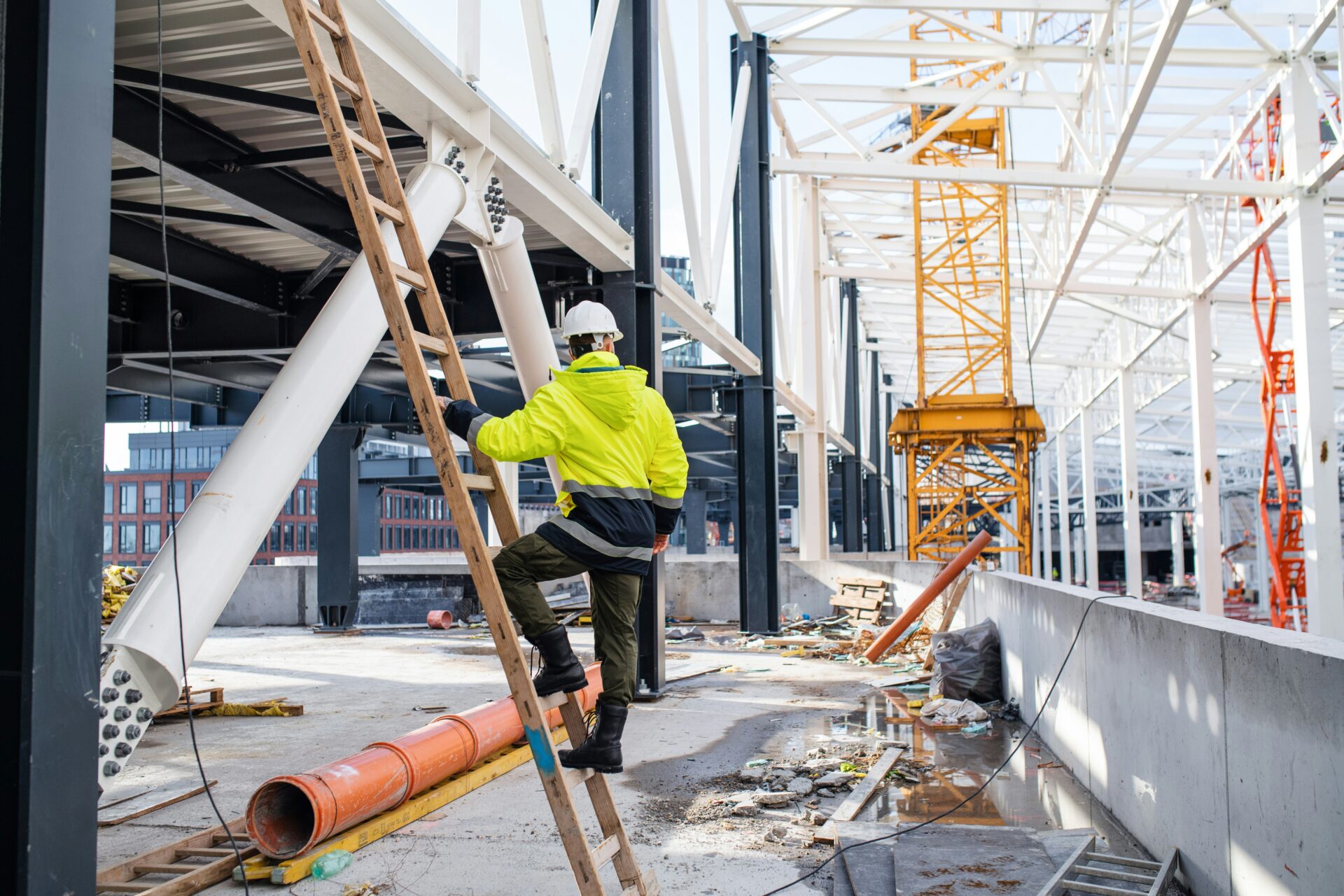
Domestic Economy Stagnated in the Second Quarter of 2024
According to first calculations, GDP in the second quarter of 2024 was on a par with the previous quarter in real terms (–0.0 percent, first quarter +0.2 percent, key figure according to Eurostat). This is the eighth quarter in a row with weak overall economic momentum or a decline. In a year-on-year comparison, the current development also means stagnation compared to the second quarter of 2023.
In the second quarter of 2024, GDP was again impacted by losses in industry and construction. In industry (NACE 2008, sections B to E), value added fell by 0.6 percent in the second quarter (first quarter –1.5 percent). In the construction industry, it fell by 0.8 percent (first quarter –0.0 percent).
The picture in the service sectors was heterogeneous. While value added in other business activities (NACE 2008, sections M and N) declined (–0.9 percent), in trade, transport, accommodation and food service activities (NACE 2008, sections G to I) it almost stagnated (–0.2 percent). By contrast, positive impetus came from information and communication, financial and insurance activities, real estate activities (NACE 2008, sections J to L +0.6 percent) and other service activities (+2.7 percent).
Consumer demand from private households (including non-profit organisations) was once again subdued (–0.5 percent compared to the previous quarter), while public consumption increased by 1.4 percent.
Both exports and imports fell in the second quarter. Overall, exports fell by 2.7 percent. With a decline in imports of 3.2 percent, net exports made a positive contribution to economic development.
Investment demand was subdued, with gross fixed capital formation stagnating in the second quarter compared to the previous quarter (+0.1 percent, first quarter –2.1 percent).
Important information:
The WIFO Flash Estimate is a first estimate for the past quarter. It is based on the Quarterly National Accounts of Statistics Austria and includes GDP as well as components in the form of seasonally and working day-adjusted rates of change compared to the previous quarter (key figure according to Eurostat standard).
On 4 September 2024, Statistics Austria will publish the quarterly data for GDP and main aggregates for the second quarter of 2024 based on more complete data.
Publications
Please contact



